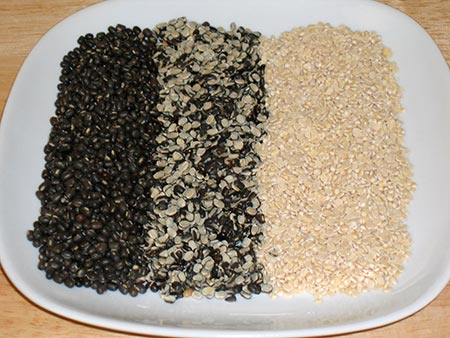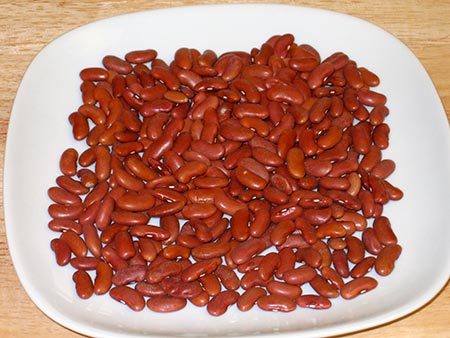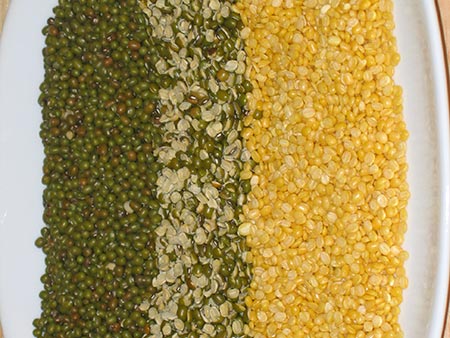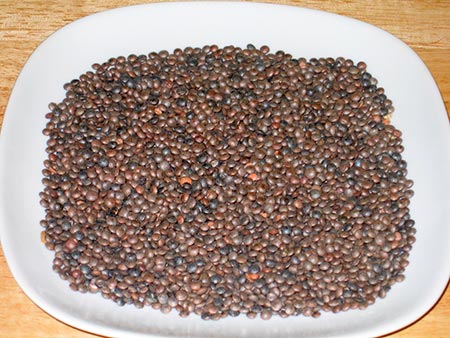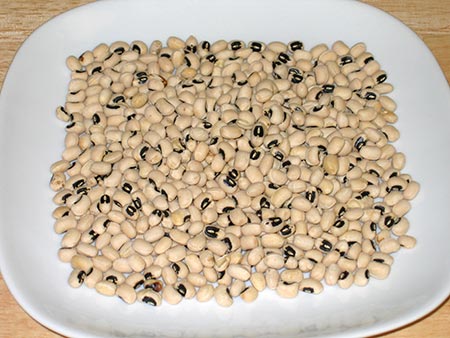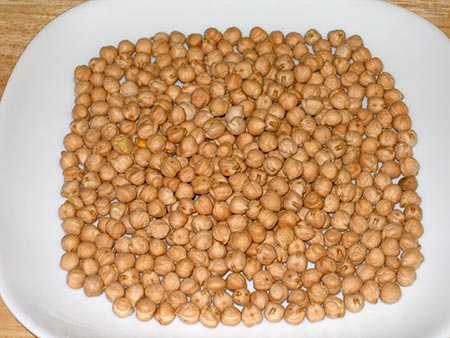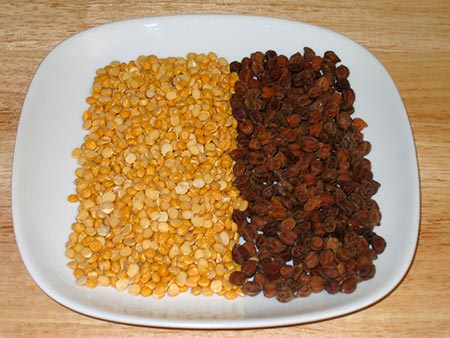Comprehensive Guide to Indian Grains: A Complete Whole Grains List
Grains have been a fundamental part of Indian cuisine for centuries, providing essential nutrients and serving as a staple in diets across the country. From traditional wheat and rice to lesser-known options like amaranth and quinoa, the variety of grains available in India is vast and diverse.
Understanding the different types of grains, particularly whole grains, can help you make healthier choices in your diet. This article provides a detailed whole grains list, along with a gluten-free grains list for those with dietary restrictions.
Understanding Whole Grains
Whole grains are grains that contain all three parts of the grain kernel: the bran, germ, and endosperm. These grains are less processed and retain more nutrients than refined grains. Including a variety of whole grains in your diet can provide essential fiber, vitamins, and minerals, contributing to better overall health.
Here’s a list of whole grains commonly found in Indian cuisine:
Wheat (Gehu) – The most widely consumed grain in India, wheat is used to make chapati, roti, paratha, and various other staples. Whole wheat flour is a great source of dietary fiber and essential nutrients.
Rice (Chawal) – While white rice is more commonly consumed, brown rice is a whole grain that retains the bran and germ, making it more nutritious. Brown rice is rich in fiber and can help with digestion.
Barley (Jau) – Barley is a versatile grain used in soups, stews, and salads. It has a chewy texture and a nutty flavor. Barley is known for its high fiber content, which can help reduce cholesterol levels.
Millets (Bajra, Jowar, Ragi) – Millets are a group of small-seeded grains that are gluten-free and highly nutritious. Bajra (pearl millet), Jowar (sorghum), and Ragi (finger millet) are popular millets in India. These grains are rich in protein, fiber, and essential minerals like iron and calcium.
Oats – Though not native to India, oats have become increasingly popular due to their health benefits. Oats are a whole grain that is high in soluble fiber, which can help lower cholesterol levels and stabilize blood sugar.
Quinoa – Quinoa is a pseudo-grain that is gluten-free and high protein. It has gained popularity in India as a healthy alternative to rice and wheat. Quinoa is also a complete protein, meaning it contains all nine essential amino acids.
Amaranth (Rajgira) – Amaranth is another gluten-free pseudo-grain that is packed with protein, fiber, and micronutrients like magnesium and phosphorus. It’s often used in fasting recipes and traditional Indian sweets.
Buckwheat (Kuttu) – Commonly used during fasting periods, buckwheat is a gluten-free grain that is rich in fiber and antioxidants. It has a unique, earthy flavor and is often used to make pancakes, porridge, and kuttu ki puri.
List of Grains Used in Indian Cuisine
India’s culinary tradition includes a vast array of grains, each with its own unique flavor, texture, and nutritional profile. Below is a grains list highlighting some of the most commonly used grains in Indian cooking:
Basmati Rice: Known for its long grains and aromatic fragrance, Basmati rice is a staple in North Indian cuisine. It is often used in biryanis, pulaos, and as an accompaniment to curries.
Sona Masoori Rice: A medium-grain rice popular in South India, Sona Masoori is lighter and less sticky, making it ideal for dishes like idli, dosa, and steamed rice.
Broken Wheat (Dalia): Broken wheat is often used in Indian breakfasts and desserts. It’s a whole grain that is rich in fiber and nutrients, commonly used to make upma, porridge, and kheer.
Rye (Madhur Gehu): Rye is a lesser-known grain in India but is used in some regions to make bread and fermented drinks. It has a robust flavor and is packed with fiber.
Corn (Makka): Corn is widely used in Indian cuisine, particularly in the form of maize flour, which is used to make dishes like makki di roti. Corn is naturally gluten-free and rich in vitamins A, B, and E.
Gluten-Free Grains List
For those following a gluten-free diet, it’s important to know which grains you can safely include in your meals. Here’s a gluten-free grains list that’s particularly relevant to Indian cuisine:
Rice – Naturally gluten-free, rice is a versatile grain that can be used in a variety of dishes, from biryanis to sweets like kheer.
Millets – As mentioned earlier, millets like bajra, jowar, and ragi are naturally gluten-free and are used extensively in Indian cooking.
Quinoa – Though not traditionally Indian, quinoa has been embraced as a healthy and gluten-free alternative to rice and wheat.
Amaranth – Another pseudo-grain that is gluten-free, amaranth is often used in traditional Indian fasting dishes.
Buckwheat – Despite its name, buckwheat is gluten-free and is a common ingredient in Indian fasting foods.
Corn – Corn and maize flour are gluten-free and are used in a variety of Indian dishes, particularly in rural and traditional cuisines.
Sorghum (Jowar) – Jowar is a staple in many parts of India and is known for being gluten-free and rich in nutrients.
Benefits of Including Whole Grains in Your Diet
Incorporating whole grains into your daily diet can provide numerous health benefits:
Improved Digestion: The high fiber content in whole grains helps maintain regular bowel movements and prevents constipation.
Heart Health: Whole grains can help lower cholesterol levels and reduce the risk of heart disease.
Weight Management: Whole grains can make you feel fuller for longer, helping to manage weight and reduce overeating.
Blood Sugar Control: Whole grains have a lower glycemic index, which helps in controlling blood sugar levels, making them ideal for diabetics.
For more such interesting recipes, cuisine and information with regards to Indian vegetarian recipes kindly explore Manjula’s Kitchen.

